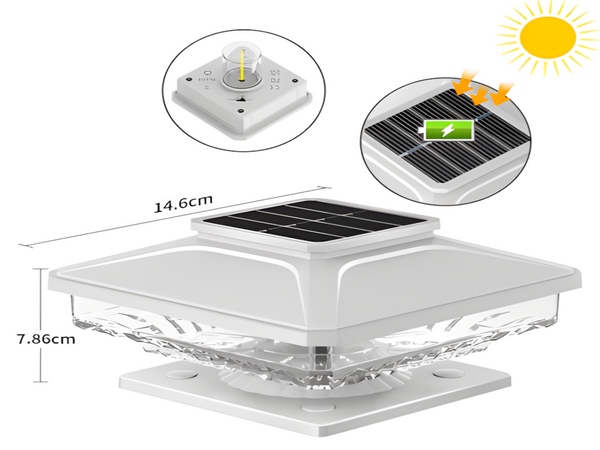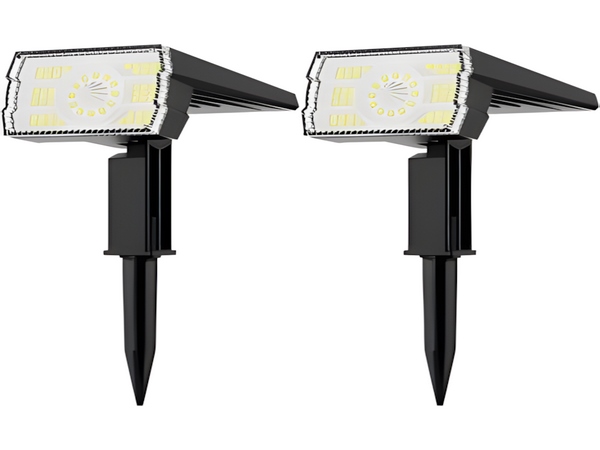

When it comes to solar street lights, many people are quite familiar with them. Solar street lights are lighting products that convert light energy absorbed by solar panels into electrical energy. However, when it comes to the voltage of solar street lights, many people are unaware. To address this question, the following is a detailed introduction on the topic.

When users select solar street lights, they consider factors such as the width of the installation area, operating time, and continuous rainy days, leading to the choice of different power ratings for solar street lights. Solar street lights mainly rely on solar panels, which typically have voltages of 17.5V and 36V. The voltage of solar panels is designed to charge batteries rated at 12V and 24V. Solar panels generate direct current, which, when stored in batteries, gives battery voltages of 12V, 24V, or 36V, which are among the commonly used specifications in the market.
Although there are many commonly used specifications in the market, solar street lights usually use lithium batteries with voltages of 12V or 24V, while 48V is less common. This ensures the safety of solar street lights, alleviating concerns about electric leakage during rainy days.
The voltage of solar street lights is mainly affected by the voltage of the solar panels, batteries, and light sources.
The solar panels of solar street lights, which are quite important, have a voltage that is relatively easy to calculate. Whether mono-crystalline or poly-crystalline, regardless of the size of the panel, the voltage is around 0.5V. Different sizes of solar panels are connected in series based on the number of cells, so the commonly used battery voltages for solar street lights are 12V and 24V. Additionally, in design, the voltage of solar panels is generally 1.5 times the rated voltage of the battery. Therefore, knowing the panel voltage, dividing the rated voltage by 1.5 will result in the battery voltage. Common battery voltage specifications in the market are 12V and 24V. Furthermore, considering the LED light source, it is generally not designed to withstand high voltages, so it is tailored for solar panels, with the mainstream voltages being 12V, 24V, and 36V.
This concludes the information about the voltage of solar street lights. For solar street lights, the voltage is considered low voltage, making them relatively safe during use, so users can rest assured when using them.



